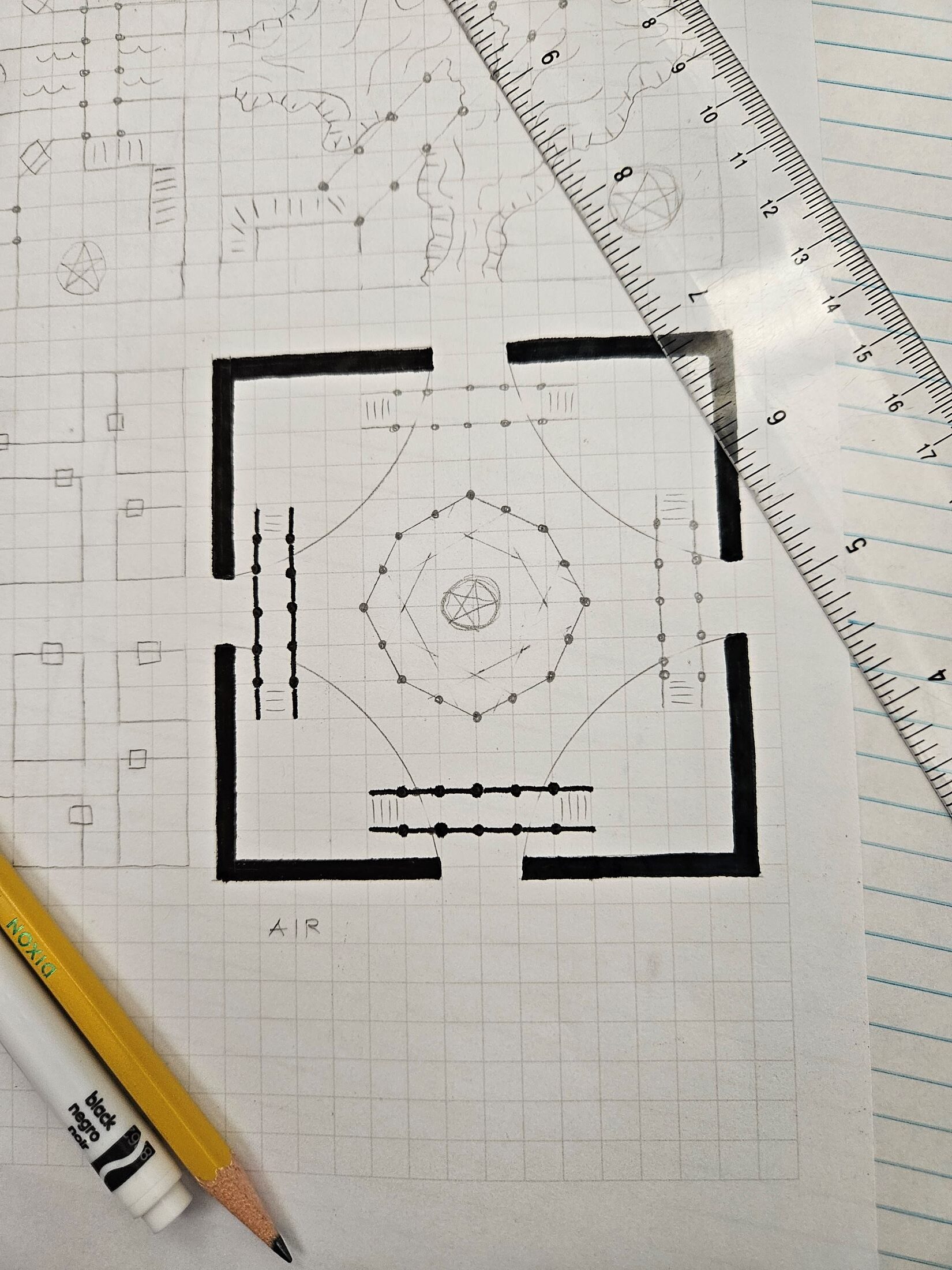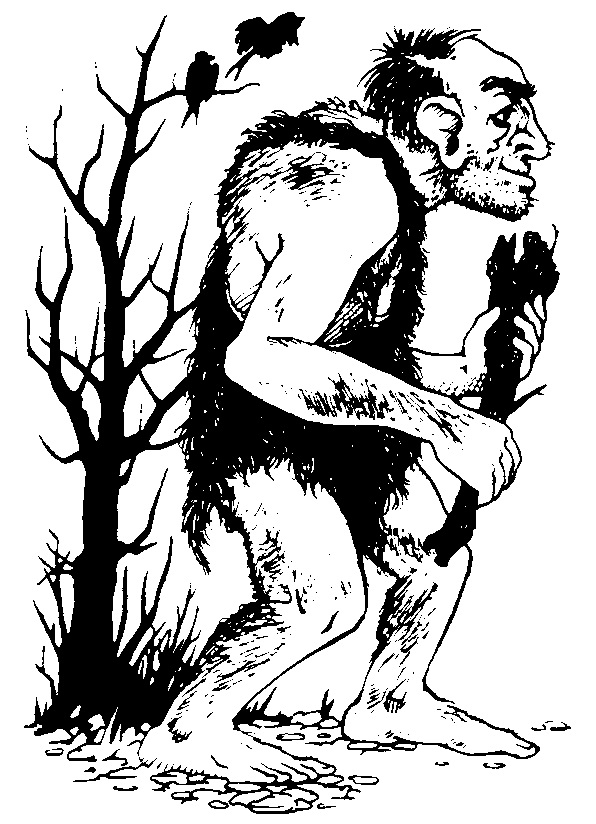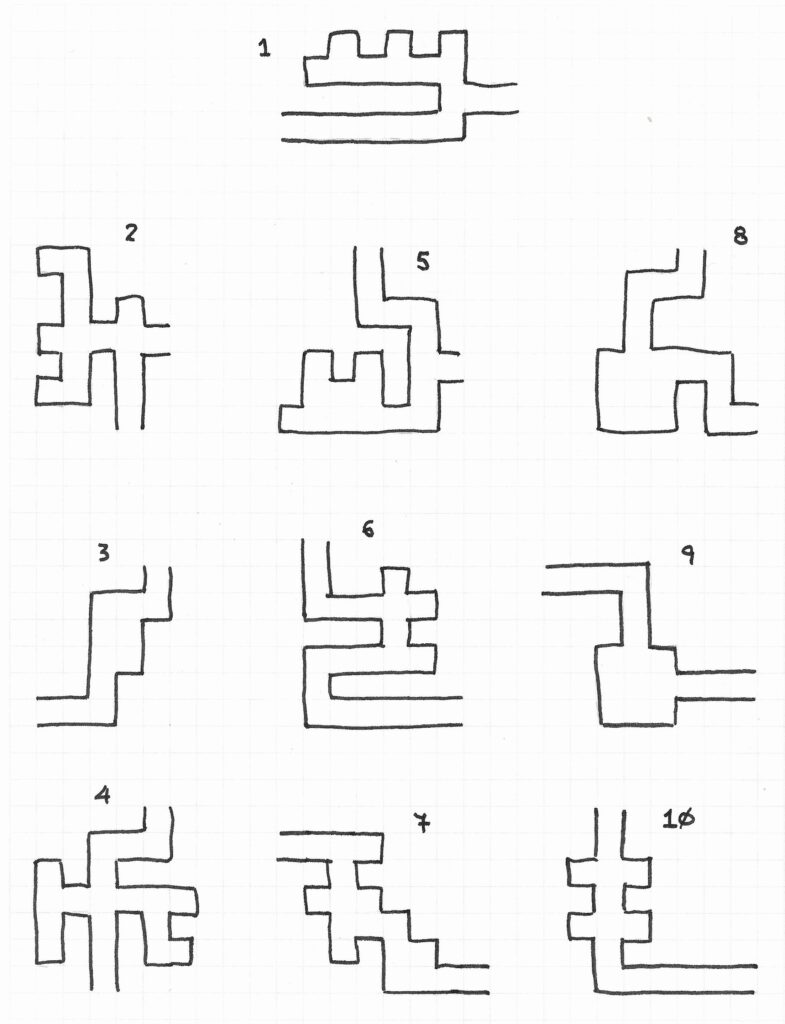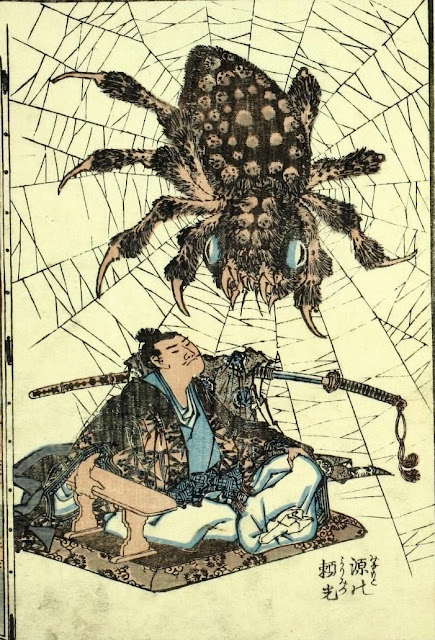UFOs for Castles & Crusades
I’m still not back on track with what’s supposed to be regular posting. It’s not that I’ve accomplished nothing since my last post, but nothing I’ve accomplished explores the goblin-spider’s lair enough to be worth a post.
But, I did do this!
Unidentified Female Observer
Number: 1-4, 6-24
Size: Medium
HD: 6 (d8)
AC: 15
Saves: M, P
Move: 40 ft.
Attacks: By weapon (see below)
Special: Alien Technology, Telepathy
Int: Superior to Genius
Alignment: Lawful Neutral/Evil
Type: Extraplanar
Treasure: 6
XP: 330 + 6
UFOs appear much like lovely humans (or maybe half-elves) who wear tight clothes made from what looks like shiny, metallic fabric. They wear strange masks and helmets or headdresses. Graceful and strong, many UFOs avoid combat, seeking to study what to them are strange forms of life, but evil UFOs may abduct creatures in order to perform painful experiments upon them.
UFOs speak their own language. They may choose to communicate telepathically, and this ability transcends language barriers.
Combat: UFOs use weapons in combat. A certain UFO will have 2-3 weapons available. See below for a suggestions.
Alien Physiognomy: A UFO’s Strength, Dexterity, and Constitution scores range from 13-18 (1d6+12). Adjust attacks, damage, hit points, et cetera as appropriate. When determining encumbrance, count Strength and Constitution as prime attributes.
Shiny Metal Fabric: A UFO’s clothing has a +5 AC bonus and an EV of 1.
Strange Helmet/Headdress: A UFO’s helmet/headdress has a +5 AC bonus and an EV of 1. It can be set to deepvision, see invisibility, locate object, or twilight vision.
Telepathy: UFOs may communicate telepathically. They understand all languages and can communicate with all creatures, save those with no discernible intelligence.
Weapon – Belt: When activated, the belt duplicates protection from arrows (1 charge), invisibility sphere (2 charges), teleport (3 charges), or wall of force (3 charges). These operate as if cast by a 9th-level wizard. The belt has 9 charges when fully charged. It regains 3 charges per day.
Weapon – Blaster: This hand-held ranged weapon fires a blast of destructive energy that duplicates burning hands (1 charge), magic missile (1 charge), shatter (2 charges), or lightning bolt (3 charges). These operate as if cast by a 5th-level wizard. The blaster has 7 charges when fully charged. It regains 3 charges per day.
Weapon – Rod: This hand-held melee weapon carries a powerful electrical charge that inflicts 1d8+5 points of damage with a touch attack roll.





